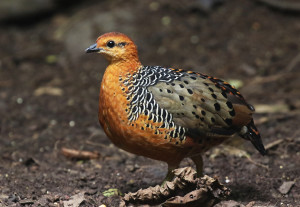
What I most enjoy is taking long walks in beautiful countryside and being able to see a wealth of bird life along the way. In temperate countries this is a very pleasant way of bird watching and usually by covering a lot of ground and different habitats brings a lot of bird sightings but in tropical environments moving more slowly is not only desirable due to the climate but also because vegetation is often dense with birds hiding within it, making them hard to see. At times it is necessary to sit completely still and quietly in order to get good views of some forest birds and this is exactly what I did recently at Daap Toon hide near Kaeng Krachan National Park, Thailand.
I have visited a number of the hides around Kaeng Krachan many times but a visit in late August (31st) was a completely new experience and had I not been tipped off to the fact that many birds had been visiting, I would have thought the area too wet to attract much at all. In reality there was a lot of activity and a good variety of species, including some really exciting ones and while the light conditions were low, what light that there was illuminated the birds from the best angle.
We arrived at around 2pm and sat in the canvass hide which overlooks a man-made waterhole in the forest with a lot of bird activity to enjoy. A mass of bulbuls were fighting over access to the bathing pool, a mixture of Black-crested Bulbuls and Streak-eared Bulbuls. Bathing and squabbling occured in equal abundance but there were a few opportunities to photograph Black-crested Bulbul as it was perched nearby before joining the riot.
While watching these bulbuls suddenly a Large Scimitar Babbler appeared next to the pool. This species is really difficult to see in the forest but one that fairly often visits these hides; one of the star species.
One of the things I enjoy about visiting hides like this is seeing some of the commoner species at their best. One of the species that illustrates this best is Black-naped Monarch. This is a fairly common small bird in the forest and when you see it flitting around in the trees it is quite a nice, bluish bird. But when you see it at close range, in good light; wow!
On the other hand there are also some really scarce species that we go to the hides to see and Ferruginous Partridge is one of the most desirable to see of these. Sometimes they turn up at a couple of the Kaeng Krachan hides but it is often an unpredictable bird with some suspense in the build up to their appearance. We were really fortunate on this visit that four of these stunning birds repeatedly visited to feed.
At times this rare and seldom seen bird came so close to the hide that we couldn’t see them and often they were too close to take photographs, but watching them at such close quarters was a pleasure. One of the more common birds that did pose nicely for me was Stripe-throated Bulbul which looked very smart in good light.
Gangs of Lesser Necklaced Laughingthrush and Greater Necklaced Laughingthrush also piled in and a Racket-tailed Treepie turned up to join in along with a Greater Racket-tailed Drongo but suddenly everything flew away in a panic. Soon after a lot of scolding could be heard from the nearby forest so presumably a raptor had arrived and had scared birds away until they worked up the courage to chase it away.
It took quite a long time before many birds felt safe enough to venture out again after that but eventually a few Indochinese Blue Flycatchers came out to feed and bathe. One was an adult male but the other seemed to be a juvenile moulting into adult plumage.
While these birds were active in the foreground, in the shadows at the back a group of Kalij Pheasants were feeding, joined by some Red Junglefowl. While the Junglefowl can be superb birds, these ones looked rather a mess undergoing a post-breeding moult at this time of the year. These birds set off a round of activity, being joined by the reappearance of the Ferruginous Partridge before a group of Green-legged (Scaly-breasted) Partridge crept out of the forest; a pair of adults along with two juveniles.
Sitting for a long time on the plastic chairs in the hide can be uncomfortable at times but when lots of birds are active just a few metres away, it is easy to forget about the seating. Kalij Pheasant and two species of partridge plus all of the supporting actors provided ample distraction but this was elevated to another level with the arrival of Bar-backed Partridges.
These three species of partridge were the real stars of the show but as the afternoon drew on a real peak of activity built up with the return of Black-crested and Streak-eared Bulbuls which were joined by some noisy Ochraceous Bulbuls.
Another bulbul performed for us which is not much to look at but has a confusing taxonomy. Previously this rather dull species was known as Grey-eyed Bulbul but a Thai PhD student proposed the birds at Kaeng Krachan as a split – Cinnamon-vented Bulbul. Somehow some taxonomies have adpoted this split but called it Baker’s Bulbul. To further complicate things, the publication lumped another subspecies of Grey-eyed Bulbul, from a little further north, with Olive Bulbul but some taxonomies have also added the taxon at Kaeng Krachan to this and list the bird as Olive Bulbul. Confused? I don’t think any of this has made the bird feel any different about itself and it was interesting to see it at very close range rather than fluttering around in the trees.
A splash of colour was added to the proceedings by a White-browed Scimitar Babbler. These fast-moving birds are tricky to photograph well at the hides as they head quickly to the water, in order to bathe, and after their feathers are saturated with water they don’t look at their most photogenic. Once again, this is not exactly a rare bird but a real pleasure to see in this way.
Anyone wishing to visit this hide needs to book in advance, the easiest way to do this is through the staff at Baan Maka Nature Resort and it costs 200 baht per person. While a Common Green Magpie had visited on the previous day we waited until 5.45pm without seeing it and decided to head back for a beer and dinner, but not before getting stunning views of a Puff-throated Babbler.
I had not visited Daap Toon hide for a few years, when it had a Blue Pitta regularly visiting, but certainly will visit again soon. The owner of the hide seemed very keen on birds, knowing the Thai names of all species and sitting with us for the whole session. As he seemed to be genuinely interested, Bill Collis,who was with me, decided to arrange to send a Thai language field guide to him.


 September 7th, 2022
September 7th, 2022  Nick
Nick 



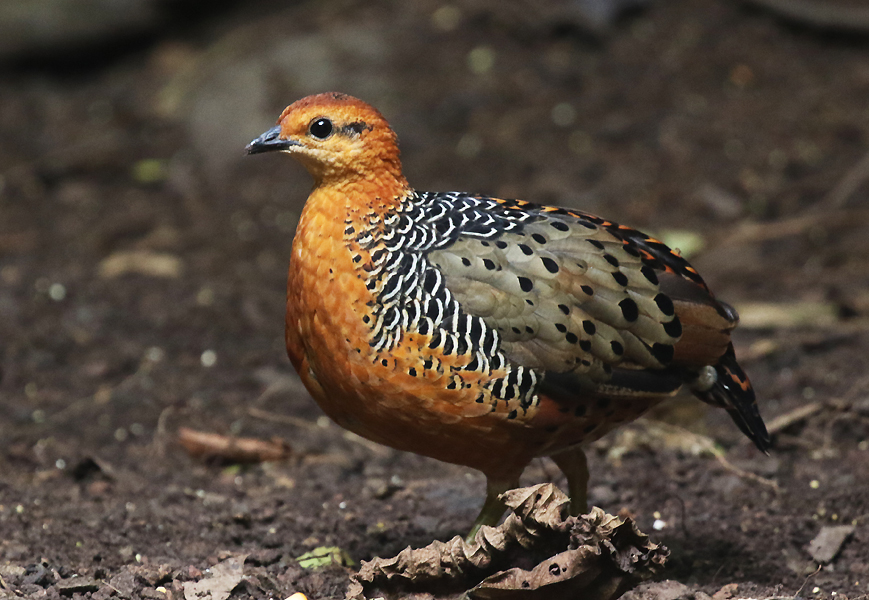
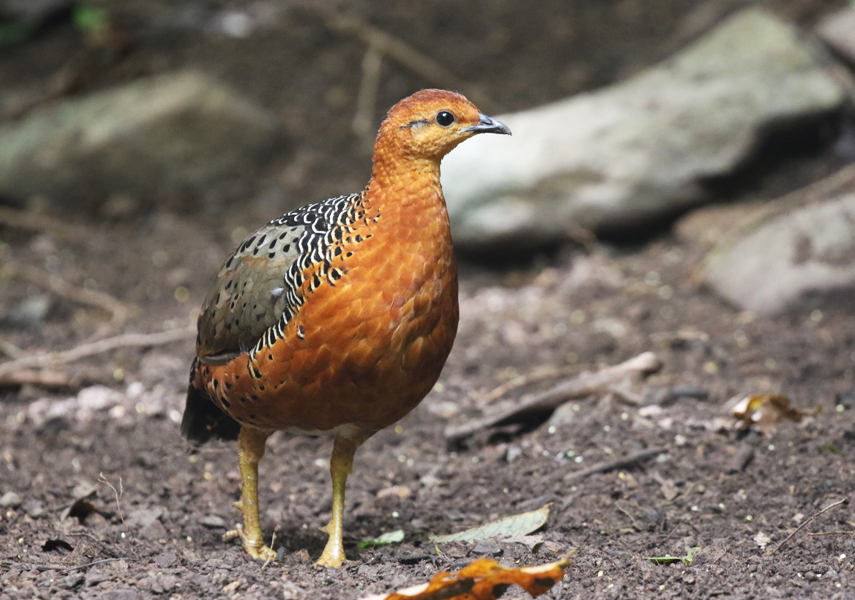

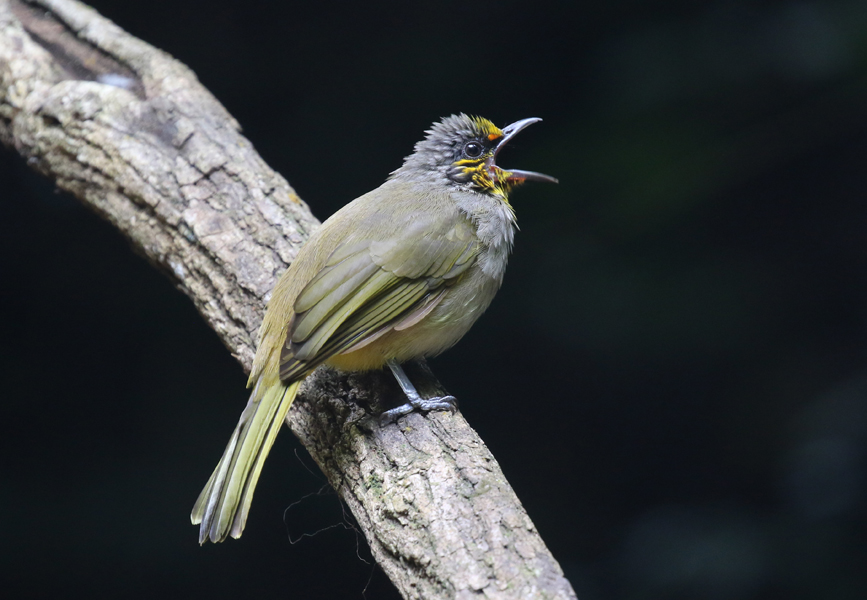
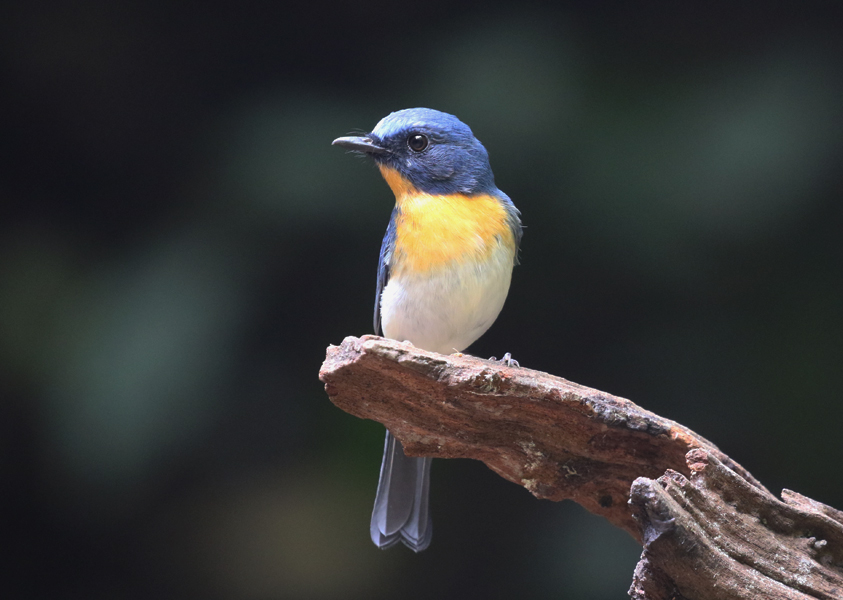



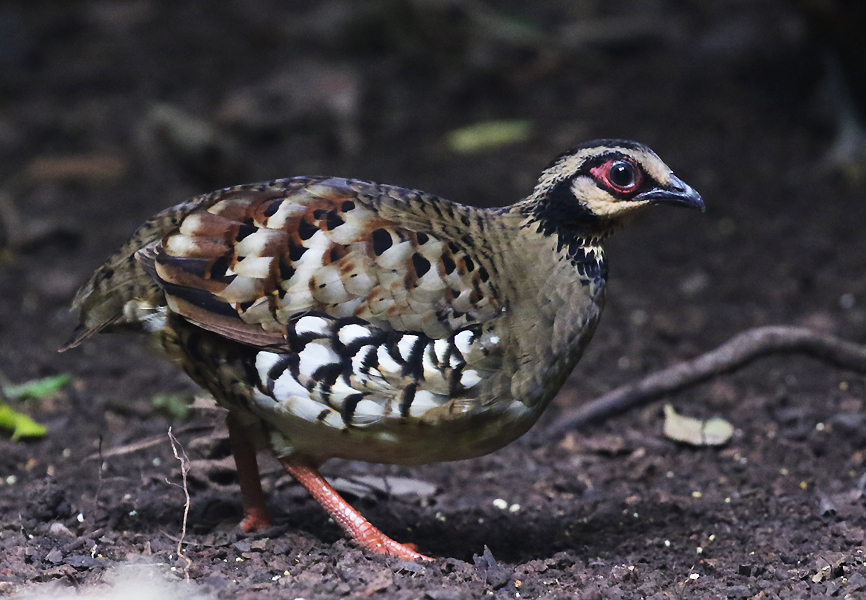
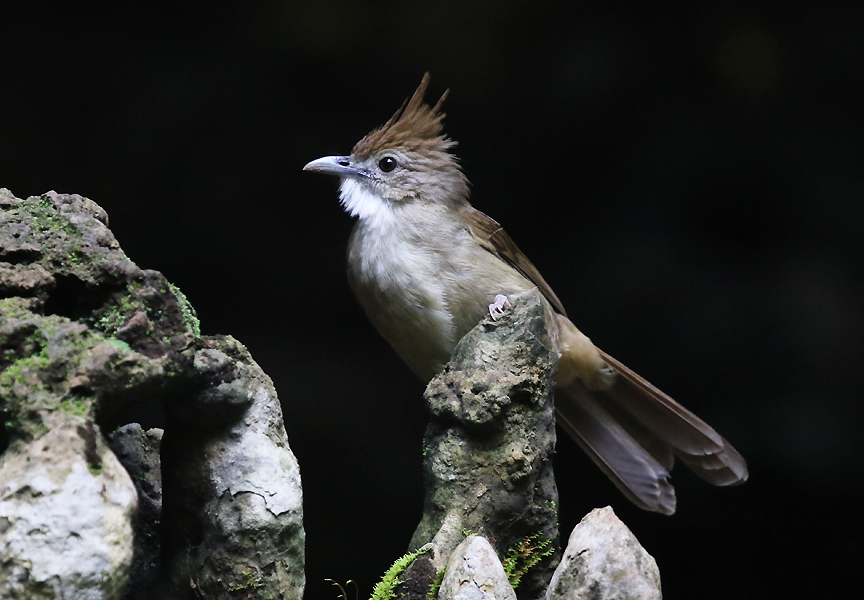


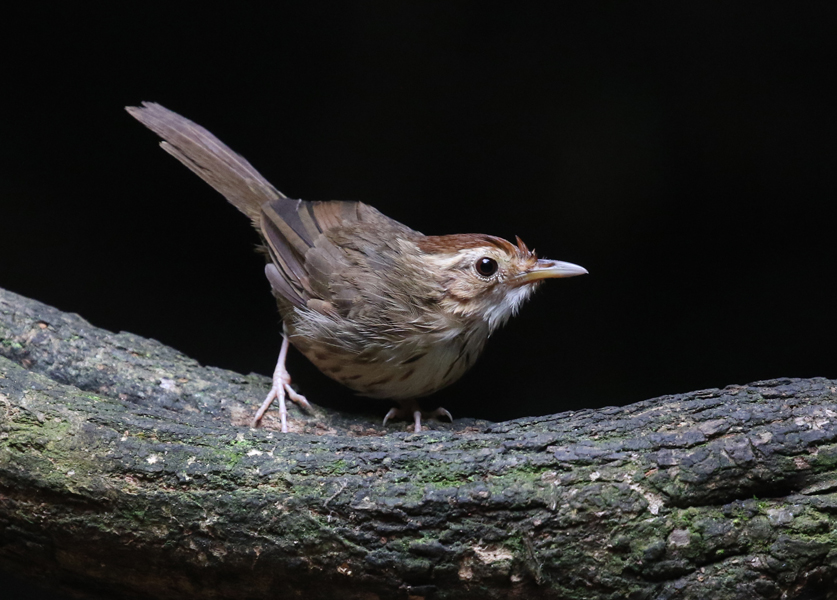
 Posted in
Posted in  Tags:
Tags: 









